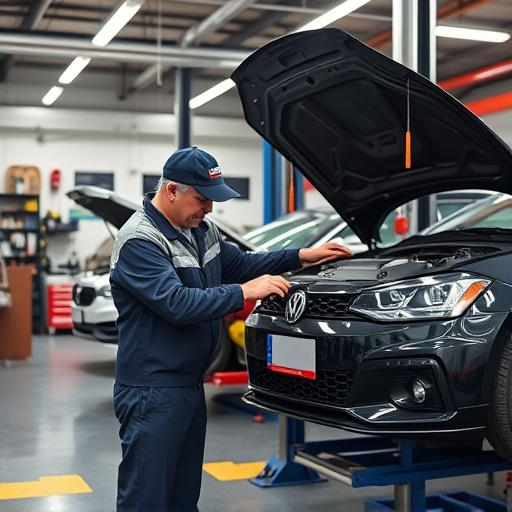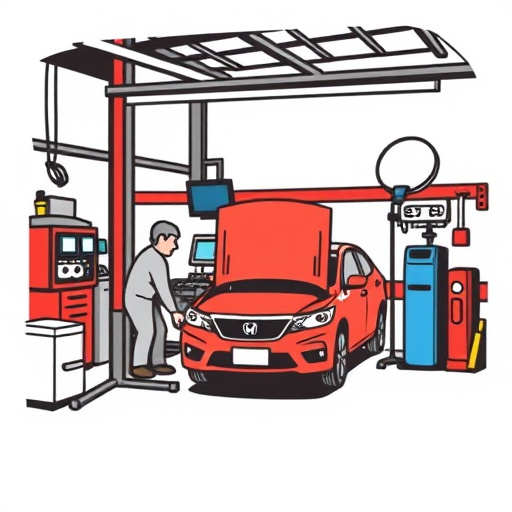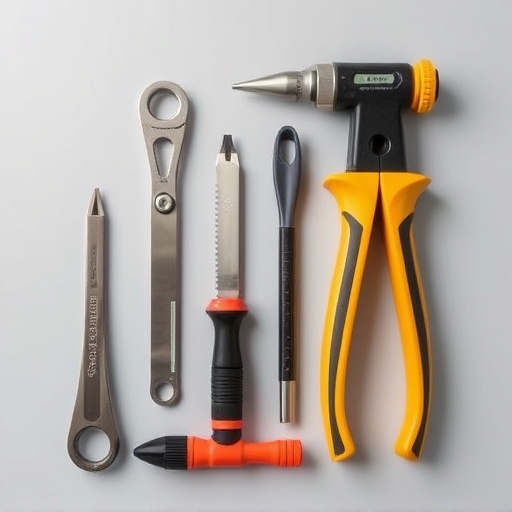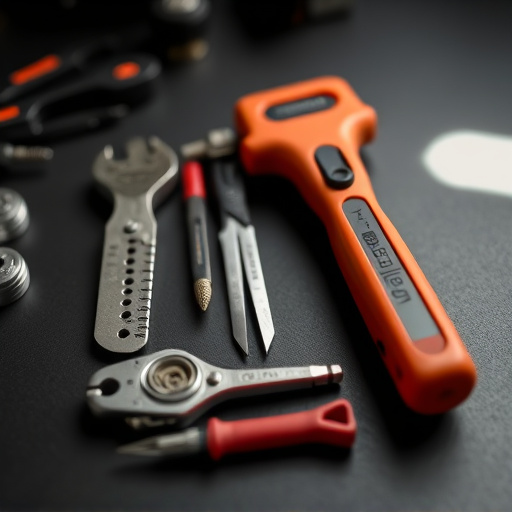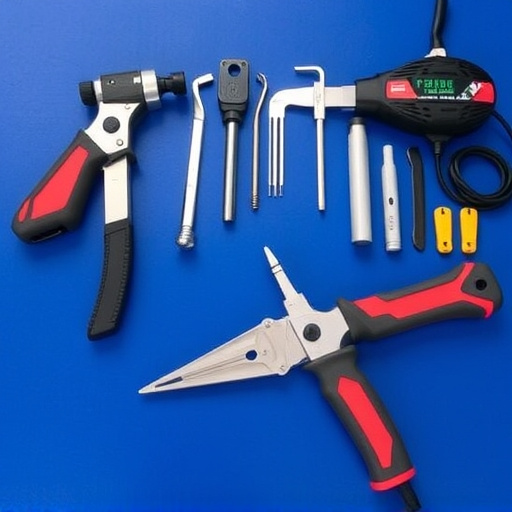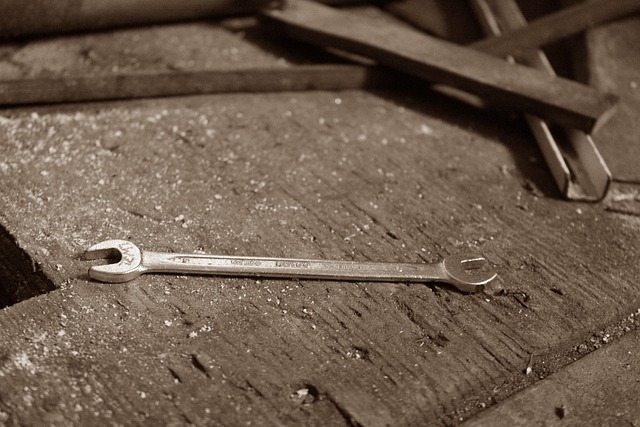Collision repair centers experience peak seasons with increased customer traffic and heightened expectations for swift service. During warmer months, a surge in minor accidents stretches resources, leading to longer wait times, backlogged appointments, and higher stress levels. To manage demand, auto body shops should implement advanced scheduling, streamlined processes, transparent communication, and well-trained staff for effective seasonal collision repair.
In the fast-paced world of automotive services, seasonal collision repairs present unique challenges. “How Customer Expectations Shift During Seasonal Collision Repair Rushes” explores the dynamic nature of customer needs during peak seasons. We delve into identifying recurring collision repair patterns and uncover common service challenges that arise when workshops are overwhelmed. This article offers practical strategies to navigate these periods, ensuring customer satisfaction despite increased demand, ultimately enhancing your business’s reputation in the competitive market of seasonal collision repair.
- Understanding Seasonal Collision Repair Patterns
- Customer Service Challenges During Peak Seasons
- Strategies to Meet Shifting Expectations
Understanding Seasonal Collision Repair Patterns

During peak seasons, collision repair centers often experience a surge in customer traffic, leading to altered expectations and demands. Understanding seasonal collision repair patterns is crucial for both businesses and their clientele. The busy season typically coincides with warmer months, when more people are on the road due to vacations and increased leisure travel. This results in a higher frequency of fender benders and other minor accidents.
At a collision center like Mercedes-Benz repair facilities, the focus shifts from routine maintenance to rapid turnaround times and efficient service. Customers expect their vehicles to be repaired swiftly, ensuring they can get back on the road without delay. Given the heightened demand, centers must manage resources effectively, potentially leading to changes in pricing and appointment availability. Efficient operations and clear communication become paramount to meeting these evolving customer expectations during seasonal collision repair rushes.
Customer Service Challenges During Peak Seasons

During peak seasons for seasonal collision repair, vehicle body shops face heightened customer service challenges. The sudden surge in demand for car repair services can lead to longer wait times and backlogged appointments. This puts pressure on staff to manage a larger volume of customers efficiently, often resulting in rushed interactions and potential miscommunications. With every day counting during the busy season, both staff and clients may experience increased stress levels, affecting the overall quality of service.
Moreover, as vehicles line up for their turn in the vehicle restoration process, customer expectations for timely repairs clash with operational realities. Impatience grows among those waiting, creating a need for proactive communication from repair shops to manage expectations. Clear updates on progress, realistic estimate times, and exceptional customer service become even more critical to ensuring client satisfaction during these hectic periods.
Strategies to Meet Shifting Expectations

During peak seasonal collision repair rushes, customer expectations can shift dramatically. While convenience and speed are paramount, clients also demand superior quality and personalized service. To meet these shifting expectations, auto body shops must adapt their strategies. One effective approach is to streamline operations through advanced scheduling systems and efficient processes, ensuring swift turnaround times without compromising on accuracy.
Additionally, offering transparent communication channels keeps customers informed every step of the way. Providing real-time updates on repairs, including detailed estimates and options for car paint services or hail damage repair, builds trust. Investing in well-trained staff equipped to handle diverse vehicle repairs, from auto painting to complex structural work, ensures that shops can meet a wide range of customer needs during busy periods.
In the face of seasonal collision repair rushes, understanding and proactively addressing customer expectations are key. By recognizing peak season challenges and implementing effective strategies, businesses can ensure exceptional service throughout. This includes efficient communication, flexible scheduling, and personalized support to meet shifting demands. Embracing these practices allows for a smoother process, fostering customer satisfaction during intense periods, and solidifying the shop’s reputation in the competitive market of seasonal collision repair.
